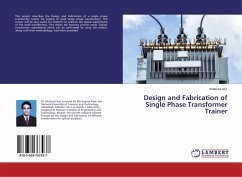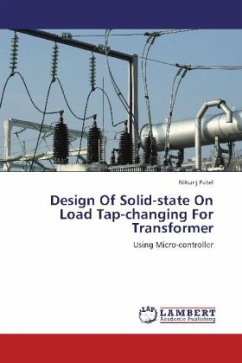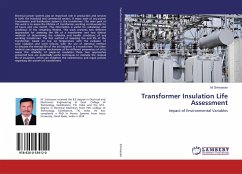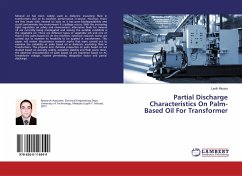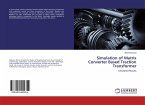Sweep Frequency Response Analysis (SFRA) is an effective low-voltage, off-line diagnostic tool; used for finding out any possible winding displacement or mechanical damage inside the transformer. In this method, the frequency response of a transformer is taken both at manufacturing industry and concern site. Then both the response is compared to predict the fault location/type in the transformer. But in old/aged transformers, the primary reference response is unavailable. So, Cross Correlation Co-Efficient (CCF) measurement technique can be an approach for fault detection in these transformers. In this book, mathematical analysis of transfer function for SFRA technique has been elaborated, mathematical model for calculating CCF between SFRA curves has been programmed and through several case studies, the developed model has been applied on some faulty transformers. It has been found that theoretically predicted results using CCF matches with practical results which indicate the effectiveness of the proposed method. This book will be very helpful for Testing & Commissioning Engineers of transformer manufacturing and electricity utility companies to have introductory idea about SFRA.
Bitte wählen Sie Ihr Anliegen aus.
Rechnungen
Retourenschein anfordern
Bestellstatus
Storno


